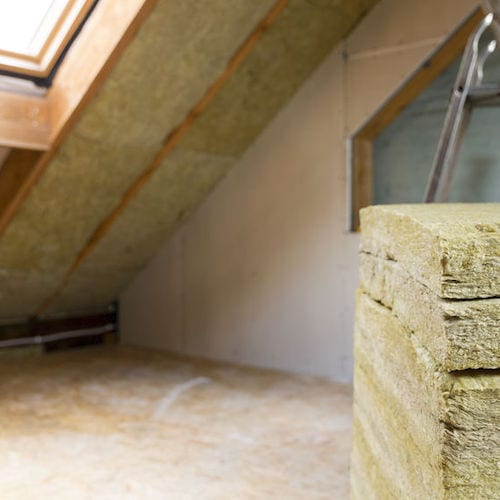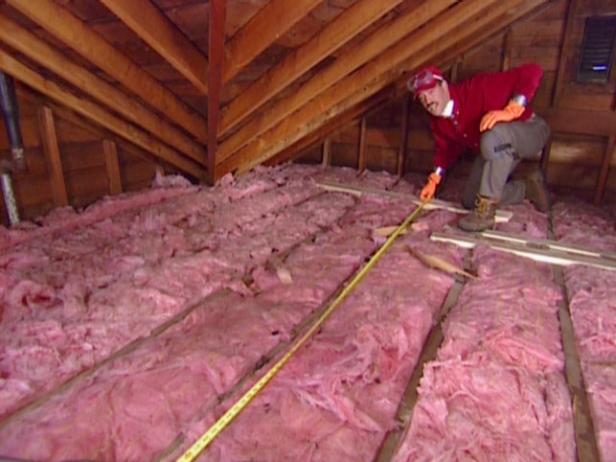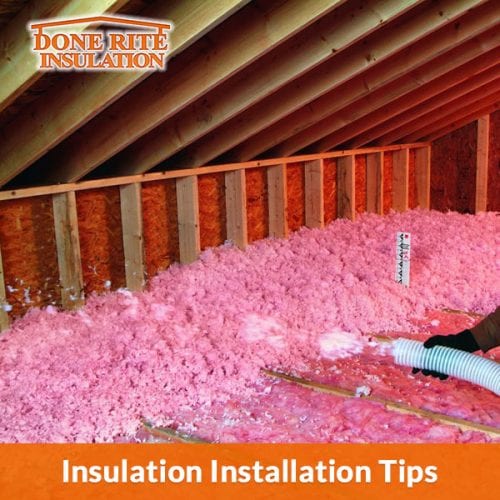Getting a strong irritant like fiberglass on your skin even just one time can provoke a reaction called irritant contact dermatitis according to the american academy of dermatology aad 4 5 6.
Attic insulation skin irritation.
Further the occupational safety health administration osha indicates that fiberglass insulation has the potential to be carcinogenic.
Commonly used and inexpensive but fibers can irritate lungs and skin though less so than in years past thanks to better manufacturing and it s less effective at blocking airflow than other materials.
Covering your body before working with insulation helps protect your skin from this itchy material.
Seek medial attention if rash continues.
Video of the day.
If you did not protect your skin or if even after taking appropriate precautions you got some insulation on your skin don t fret.
Fiberglass insulation health risks.
Fiberglass insulation is not generally considered to be dangerous but it can irritate the skin and respiratory system.
These fibers can embed in your skin causing you to itch.
If the insulation is not properly sealed off it can get into air vents and circulate through the building.
Shower as soon as possible.
Tape your collars down.
Homeowners can also come across fiberglass insulation during repairing or clearing out the attic.
If you come in contact with fiberglass you could end up with skin irritation.
Change bed sheets for a few days.
When this happens the particles can end up stuck in your skin or floating into your nose mouth or eyes causing irritation and potentially severe reactions.
Burning stinging or itching skin.
Of course exposure to fiberglass also presents some serious health risks.
Wear protective gear when working with insulation.
Use an anti itch cream or powder for relief.
Recycled glass or sand that s melted and spun into fibers.
The following are some of the most well known health problems associated with it.
If you experience too much contact with fiberglass it can cause what s called irritant contact dermatitis or inflammation of the skin.
Red and swollen skin signs of inflammation.
The tiny fibers of glass from insulation wool can irritate your skin and eyes.
Breathing in fibers can also increase the difficulty of breathing.
Fiberglass batt insulation is made up of very fine glass fibers.
Take a cold shower and avoid rubbing the skin this may cause shards to get embedded wash clothing separately.
When working with itchy fiberglass insulation wear long loose fitting clothes gloves a mask that covers the nose and mouth and goggles or safety glasses.
Foam board insulation.
Step outdoors after finishing the insulation project while still wearing gloves hat and full.





























